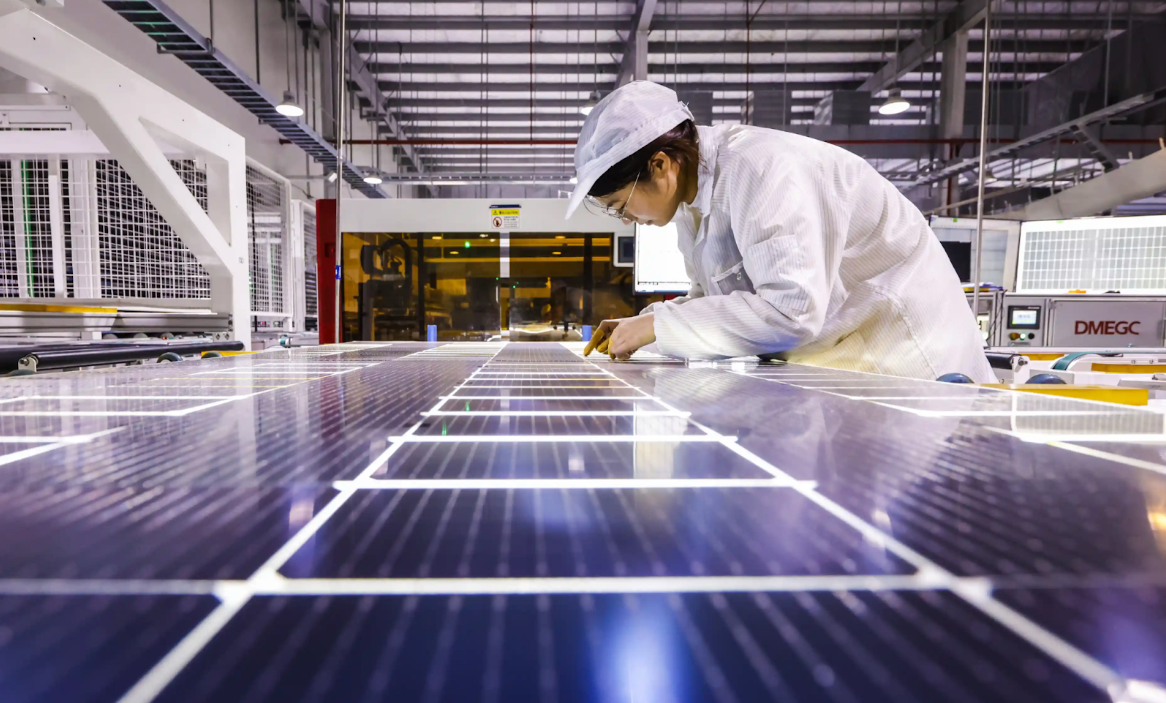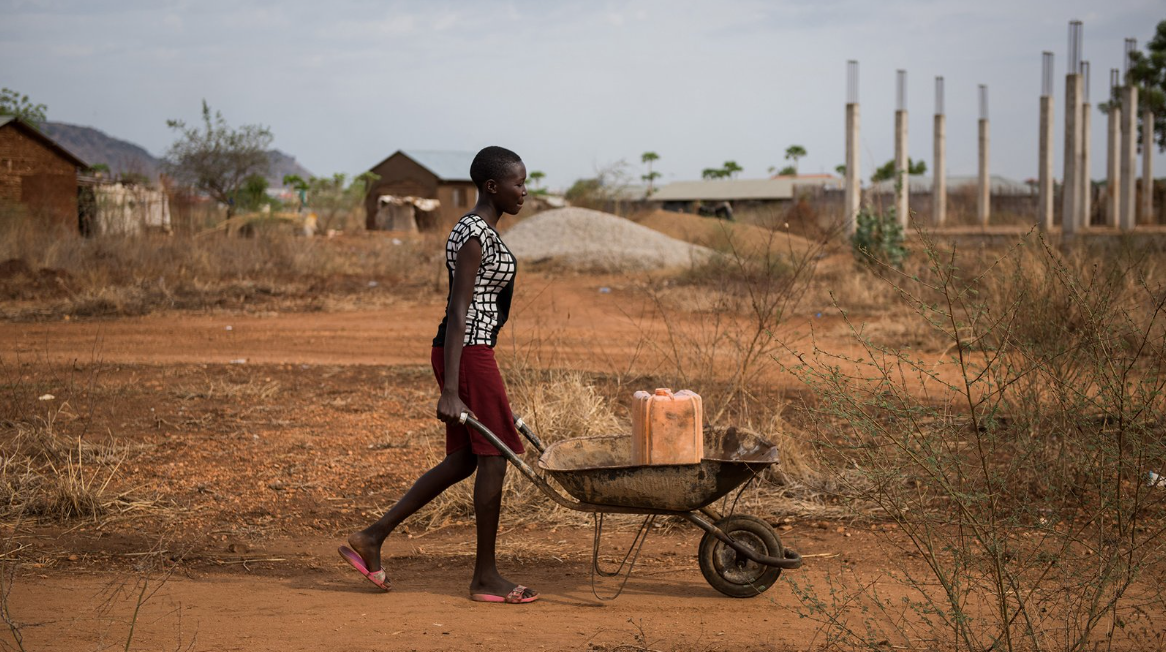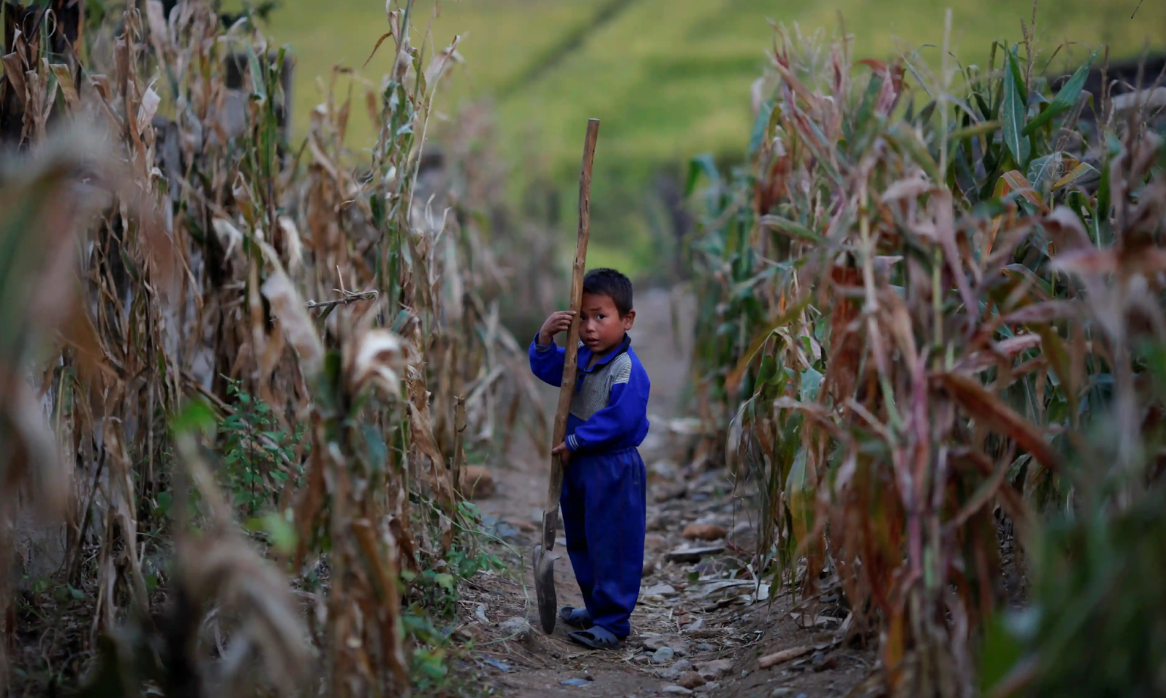Five Urgent Challenges Shaping Next Generation's Destiny
Navigating Environmental Challenges, Digital Divides, Food and Water Scarcities: A Blueprint for Future Resilience. Are We Ready for What's Ahead?
"Our world will collapse in decades" is a haunting sentiment we often encounter from pundits, TV experts, and apocalyptic movies, creating a sense of impending doom encapsulated in phrases like "Do not look up!" Despite these forewarnings, collaborative efforts across various sectors can still steer us away from the brink.
In a world advancing like a space rocket, unveiling remarkable technologies and boundless possibilities, it's crucial to recognize the unsettling reality that our future is unpredictable. Amidst celebrations of achievements like intensive farming and digital progress, it's equally important to acknowledge the unintended consequences. These noble efforts, while promising, place our planet and its inhabitants in precarious positions, encompassing challenges from global warming and climate change to issues of food and water scarcity, digital division, and limited access to education.
Recognizing that future generations will inherit both the benefits and challenges of today's actions adds a profound layer to this narrative. Unlike our generation, they will grapple with the most pressing issues. It becomes not just a responsibility but a heartfelt duty to equip them effectively. By instilling awareness, providing necessary skills, and offering a deep understanding, we pave a compassionate path forward. In nurturing a proactive mindset and providing the tools they need, we ensure they are emotionally fortified to navigate an uncertain future, poised not just to survive but to make a deeply positive impact.
Problem 1: Climate Change and Environmental Sustainability
This significant concern deeply resonates with individuals across diverse backgrounds who have witnessed the tangible impacts of climate change and the pressing need for environmental sustainability. For example, escalating global temperatures lead to more frequent and severe heat waves, as seen in the prolonged 2019 heatwave in Europe, causing devastating wildfires and endangering lives. Similarly, the rise in extreme weather events, such as hurricanes, results in widespread destruction, evident in Hurricane Katrina in 2005 and Cyclone Idai in 2019.
Additionally, the depletion of natural resources, like deforestation and overfishing, inflicts irreparable damage on delicate ecosystems. The Amazon rainforest, often called the "lungs of the Earth," faces rapid deforestation, jeopardizing biodiversity and exacerbating climate change by releasing significant carbon dioxide. Overfishing devastates marine ecosystems, exemplified by the collapse of cod populations in the North Atlantic.
Collaboration across STEM fields is vital for a sustainable future:
Environmental scientists focus on resource management,
Renewable energy engineers devise innovative solutions, and energy efficiency experts optimize consumption.
Materials scientists develop advanced technologies, while climate scientists provide crucial insights.
Data scientists analyze information for effective management, sustainable agriculture specialists promote eco-friendly practices, and urban planners prioritize renewable integration.
Policy and economics professionals shape regulations, and educators raise awareness.
This is why STEM education is so important since it can interdisciplinary address complex challenges, paving the way for a future embracing environmental stewardship and lasting change. You can make a difference, by joining the ‘V4H’ volunteer program here.
Problem 2: Energy Crisis and Transition
The high pace of development in our modern world necessitates substantial amounts of energy and resources to be extracted from the Earth. Each cycle of development perpetuates an ever-increasing demand, leading to the over-extraction of resources and the depletion of fossil fuels. This situation inevitably calls for a transition to alternative energy solutions.
As societies progress and populations grow, the energy demand escalates to power industries, infrastructure, transportation, and daily activities. This demand exerts immense pressure on finite resources, such as coal, oil, and natural gas. The extraction and consumption of these fossil fuels not only contribute to environmental degradation but also deplete the Earth's non-renewable resources.
To meet these challenges and shape a sustainable energy future, the involvement of future STEM enthusiasts is key. Future STEM specialists can embark on a journey of innovation, developing cutting-edge technologies for:
renewable energy sources,
crafting efficient energy storage systems, and
optimizing energy consumption across diverse sectors.
By delving into alternative and cleaner energy solutions, they contribute to lessening the environmental impact, ensuring a more sustainable and resilient energy landscape for generations to come.
Through collaborative interdisciplinary efforts, they become the architects of a new era in energy innovation, striking a harmonious balance between developmental needs and environmental stewardship. Join us in educating and inspiring the next generation of STEM leaders for a brighter and greener future!
Problem 3:
Water Scarcity and Pollution
Our planet's surface is mainly water, constituting around 71% of Earth's expanse. Despite its apparent abundance, only a fraction, slightly over 1 percent, is readily accessible for human use. The majority is either locked in ice caps or nestled deep underground. Additionally, water faces considerable pollution risks from human activities. Industries discharging pollutants, unsustainable agriculture, and mismanagement of wastewater contribute to contamination, rendering water sources unfit for essential purposes.
Water scarcity is a serious global issue, turning access to water into a life-and-death matter for many communities. According to WHO, by 2025, half of the world’s population will be living in water-stressed areas. In rural Rajasthan's Thar Desert, villagers combat this challenge with innovative rainwater harvesting structures called "taankas," collecting rainwater for daily needs and agriculture. Similarly, various African communities endure an arduous struggle for water, a situation expected to worsen due to factors like population growth, urbanization, and climate change. This will exacerbate water shortages, impacting communities' well-being, health, and livelihoods.
To address this crisis, proactive steps are crucial, such as adopting sustainable water management practices, investing in water infrastructure, promoting conservation efforts, and fostering international cooperation for a water-abundant future.
The involvement of future STEM specialists is critical. They can:
develop innovative water desalination technologies,
create leak detection and irrigation optimization systems, and
design water filtration systems for safe wastewater reuse.
By investing in education and fostering interdisciplinary collaboration, sustainable water management solutions to combat scarcity can be developed. If you are interested in STEM-volunteering and spreading the word or sharing knowledge on these grave issues, take action and join the ‘V4H’ volunteer program here.
Problem 4: Food Security
The critical nexus between water scarcity and food security underscores an impending crisis, particularly with a surging global population intensifying food demand. Concurrently, environmental challenges compound this dilemma, revealing a stark reality of significant food shortages. Amplified concerns are raised by scientists and activists, especially in Africa, where about 150 million people are facing acute food insecurity, and less developed regions, urging preemptive actions to shield forthcoming generations from the severe fallout of our consumption-driven society.
Addressing this challenge involves (full but not exhaustive list):
advancing sustainable farming,
optimizing resource efficiency with precision farming,
developing climate-resilient crops, and
transforming food storage and distribution.
Despite potential disagreements or protests, exploring alternative food sources, like lab-grown meats and plant-based proteins, is crucial for diversifying the global food supply. While differences may arise, the importance of these innovations surpasses any conflicts. In comparison to the issue of food scarcity, this exploration holds key significance. It reflects our collective journey toward a future where food is secure and sustainable for everyone, navigating challenges with determination and resilience. This is where STEM specialists can be of benefit. What amazing future job opportunities?! How to make a difference, you can learn at ‘V4H’ website or even join the volunteer program for educating future STEM specialists!
Problem 5: Access to Education and Digital Divide
In the upcoming years, the next generation will confront significant challenges related to Access to Education and the Digital Divide, intensified by economic and social disparities. It is a huge problem now with at least 10% of schoolchildren who do not have tech needed to do their homework. It's essential to recognize that this issue doesn't solely affect children from indigenous communities; even those from seemingly successful families are impacted. Even within a single continent like Asia, there are examples of unequal opportunities for education and limited access to digital resources, as seen in countries such as India and Thailand.
India, with its vast population and diverse socio-economic landscape, grapples with disparities in educational access and digital resources. Similarly, Thailand, despite progress in development, witnesses variations in digital access across different regions. To tackle these challenges, the next generation of STEMinist must proactively explore and implement strategies that advocate for equal educational opportunities.
Initiatives such as:
providing affordable or free access to digital resources,
enhancing digital literacy programs, and
fostering community-based tech education can play a pivotal role.
Failure to address these disparities risks cutting off millions of children from the possibility of receiving quality education—a fundamental catalyst for a brighter future and the potential to positively impact the world. This includes addressing concerns related to environmental stability, food and water security, and other issues mentioned earlier. Today, it is our responsibility to establish the foundation for this process, considering it as a crucial step toward repaying our debt to civilization, society, and nature—before it's too late. Take action!






